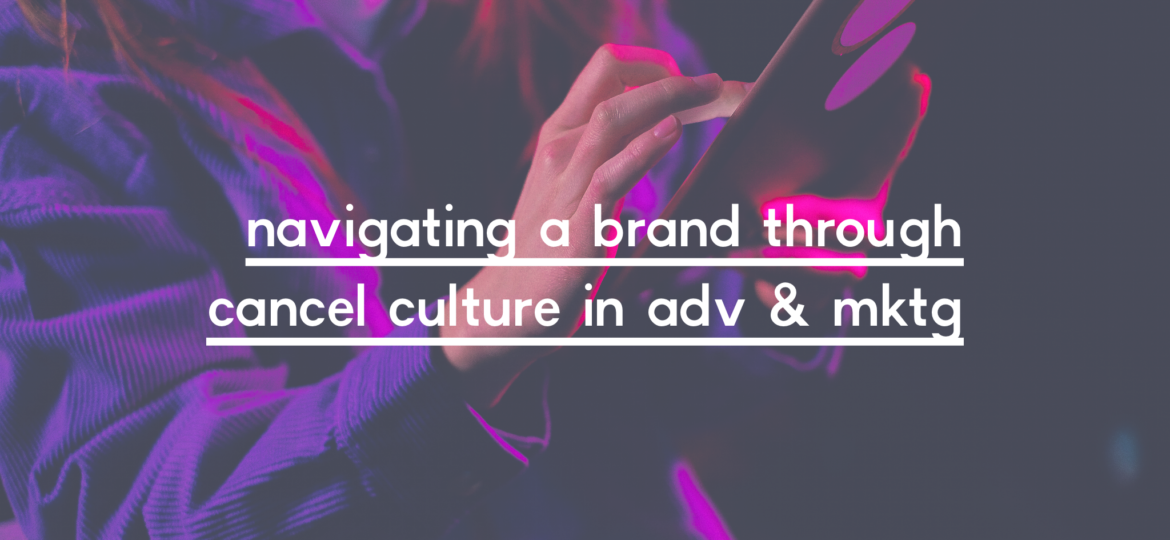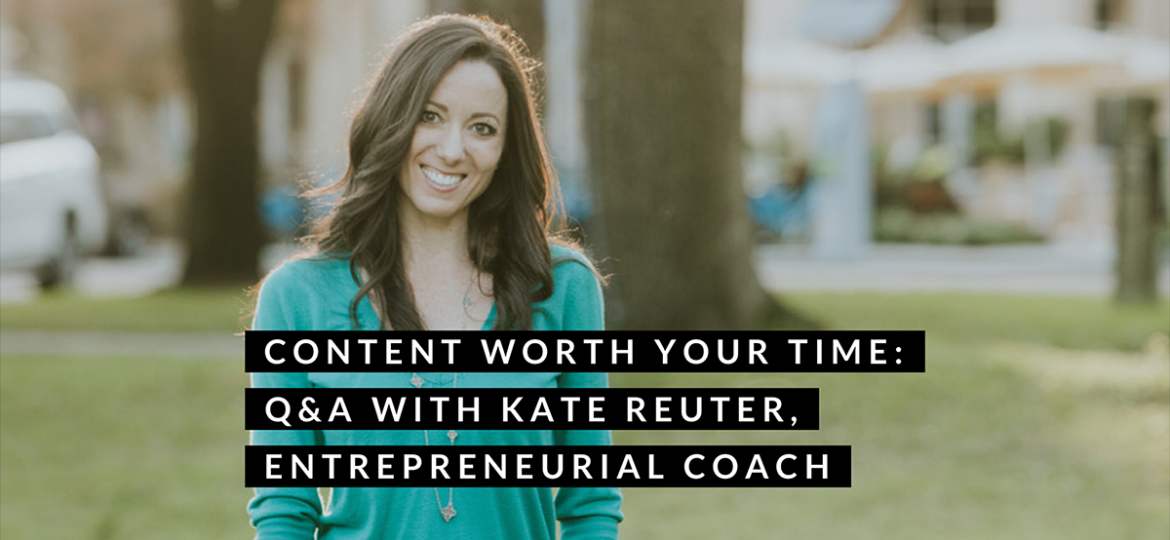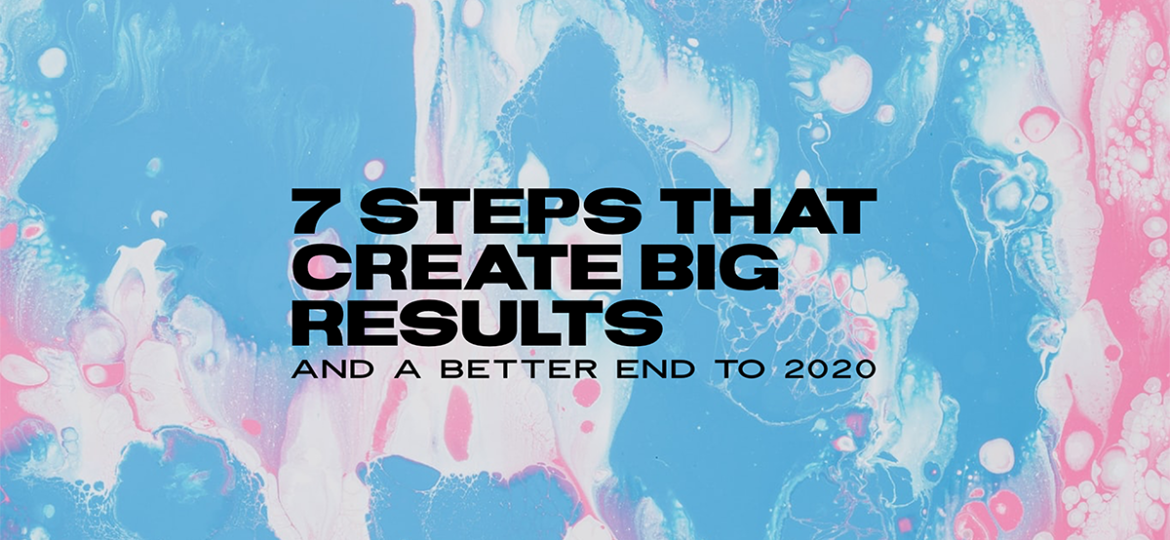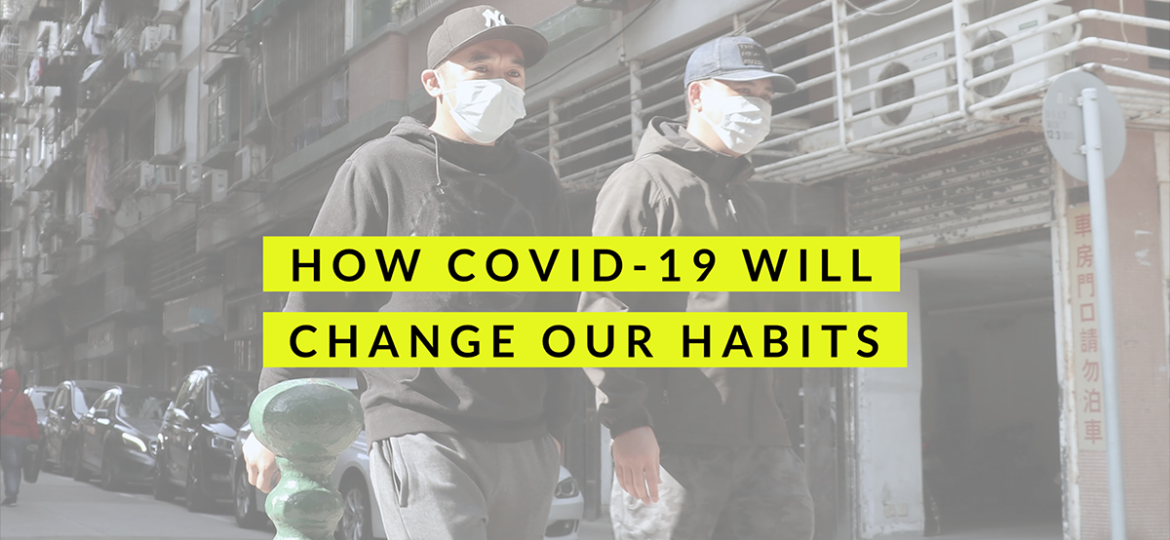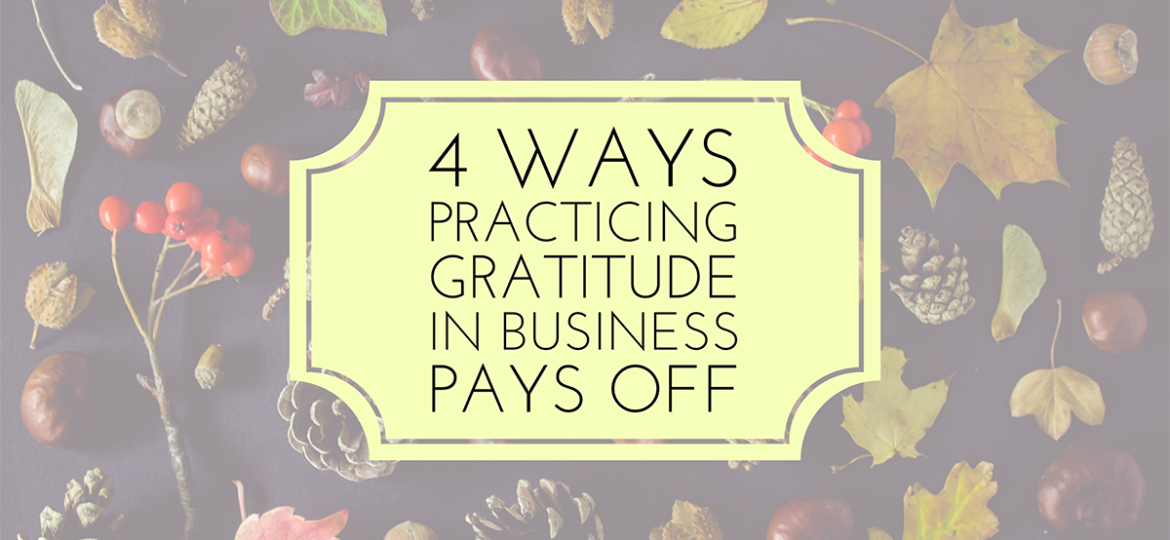It’s easy to see why people often use the terms ‘branding’ and ‘marketing’ as if they mean the same thing, because they are interdependent. Both…
STRATEGY
Discover the cultural impact of the Internet and how to navigate your brand through cancel culture in advertising and marketing.
This content is worth your time! Grab a pen & paper and check out our interview with Kate Reuter, Marketer & Entrepreneurial Coach.
The first half of the year wasn’t great. Make it your goal to have a better end to 2020 with 7 simple, realistic steps that have big results.
Take a look at 2020’s data on political advertising spending projections, and discover our top 3 tips for creating a cohesive political marketing campaign.
Media Garage Group explores what a post-coronavirus future may look like. Discover how COVID-19 will change our habits & how priorities may change for good.
We’re in the midst of a global health crisis. What do you do when business must go on? Discover our 10 Tips for Advertising & Marketing During Coronavirus.
They’re young. They’re informed. They insist on trust. Take a look at a couple Gen Z marketing DOs and DON’Ts, and consider how they fit into your strategy.
Discover 4 ways practicing gratitude in business increases customer retention, decreases employee turnover and more. Happy Thanksgiving from MGG!


